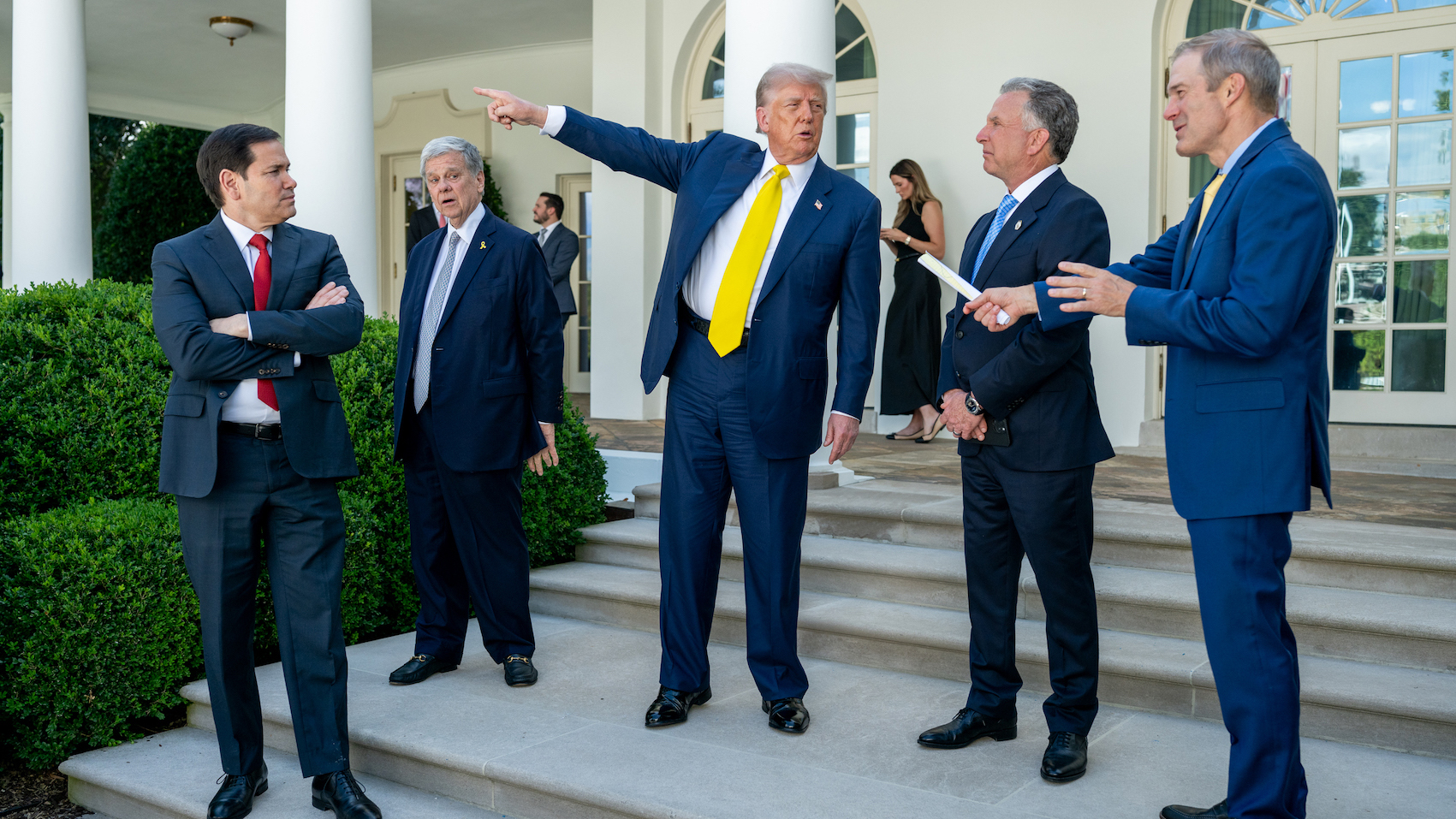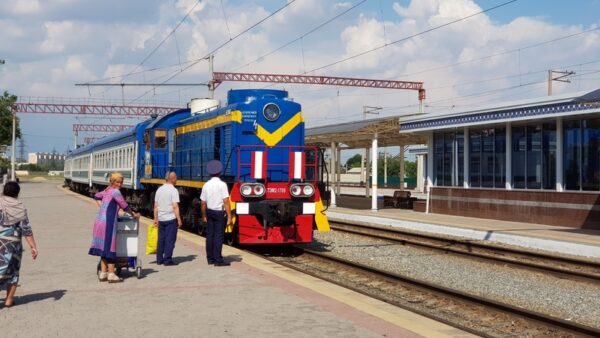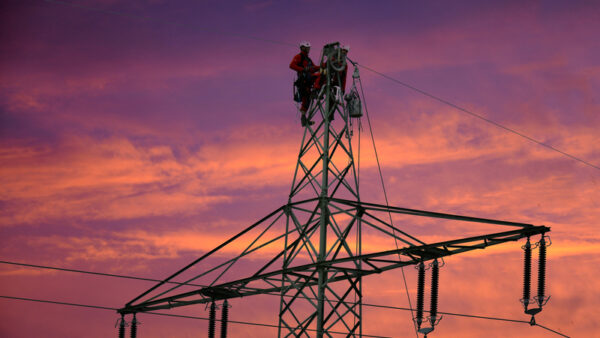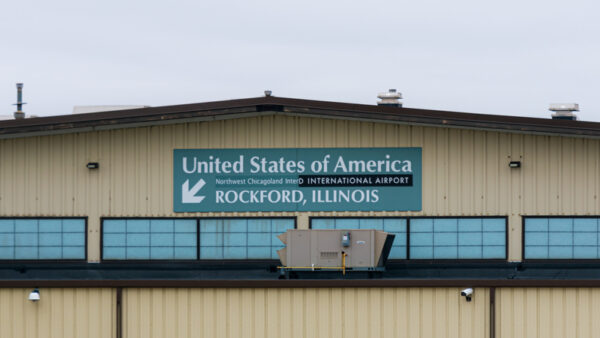
Whether it’s ordering ICE raids on multi-billion-dollar construction sites or slapping huge tariffs on staple, imported materials, Donald Trump may be the most interventionist US president in the post-WWII period, and not in a good way for construction.
To gauge the sector’s mood as autumn sets in, we checked in with two people who know the US market well: Gleeds Chair Richard Steer FCIOB and Chris Soffe PPCIOB, vice-chair of Gleeds Americas.
Steer summed up the mood starkly. “No one is sure where we’re going or what’s going to be happening in the foreseeable future,” he said.
“Donald Trump has changed the concept of the tariffs back and forth two or three times since April. He’s changed his position on the war in Ukraine 180 degrees. He’s attempting to get rid of a lot of the construction labour force, and contractors are already reporting difficulties in hiring staff, which means labour will become more expensive.
“A lot of the work coming out of the US is infrastructure projects, which are very big-budget events that go on for a long time and, if their costs go up significantly, that does call into question their viability.”
Steer said data centres were going up everywhere and the defence sector was starting to hum, but that wasn’t enough to keep a major economy going. Commercial projects are being delayed because nobody knows what’s going to happen. Interest rates are stubbornly high, which means projects will cost more, if they even happen.
“The trouble is, your two main costs, labour and materials, which tariffs could affect, are not under control at the moment,” Steer said.
War on construction workers
Trump’s war on construction workers escalated last Thursday when 400 armed officers raided the site of the $4.3bn EV battery plant being built by South Korean conglomerates Hyundai Motor Group and LG Energy Solution near Savannah, Georgia.
Officers arrested and detained 475 workers, including 317 South Korean engineers and technicians, imprisoning them for six days and sparking a diplomatic crisis.
An all-out diplomatic effort secured their release only yesterday.
‘Extreme increases in steel and aluminium prices’
And this week, employers group the Associated General Contractors of America (AGC) flagged ‘extreme increases in steel and aluminium prices’ as tariffs of 50% on steel, aluminium and copper have taken effect.
AGC said the producer price index for aluminium mill-shapes jumped 5.5% last month and 22.8% from August 2024.
The index for steel mill products rose 1.5% in August and climbed by 13.1% over 12 months.
The index for lumber and plywood increased 0.5% for the month and 4.8% year-over-year.
“There is a limit to how many price increases the market can absorb before owners put projects on hold,” said AGC chief executive Jeffrey D Shoaf.
‘You just can’t get on with stuff’
“We know construction is cyclical,” said Steer. “What we don’t know is whether we’re near the bottom of this cycle or if there’s further to go before the situation rationalises and a new playing field emerges.
“A major economy like the US can’t just stop building things, and much of its infrastructure is 70 or more years old. However, it could be several months before we have clarity.”
For Chris Soffe, the outlook is only “storm clouds and headwinds”.
“We just don’t know what effect tariffs will have on inflation in three, six or nine months’ time because none of these percentages are settled, although some isolated countries like the UK seem to have done some sort of a deal, but otherwise they’re all over the map,” he said.
“It’s making it very difficult for businesses to plan. Inflation’s running at 4-6%, which is lower than during the pandemic, but not the 2-3% which is more manageable. Private equity is sitting on the fence. Big corporations are in a holding pattern. I read that architecture and engineering billings are down for the third quarter in a row, which doesn’t bode well for the next year or two. I see the entire situation right now as a forward-planning impediment. You just can’t get on with stuff.”
Fear factor
Most sectors are affected in one way or another, Soffe said. Commercial is taking the brunt. Residential is flat in part thanks to interest rates. All sectors face rising labour costs as the Trump administration adds the fear factor to an existing skills shortage through raids on construction sites.
Projects are getting cancelled in higher education, too, as the administration withdraws research funding or, in the case of some Ivy League universities, launches what look to be outright hostile political manipulation. Even infrastructure, considered a buoyant sector, could face project cancellations if labour shortages and tariff-fuelled inflation pushes costs over budgets, Soffe said.
“Then you’ve got existing fixed-price contracts in any sector, which are under threat because you’re paying more for steel, aluminium, lumber and other imports, so all the contractors are wrestling with rates on labour and materials,” Soffe said. “It’s a strange situation for the US market, which is normally buoyant.”
Back to the 1970s?
Soffe said he had to go back to the UK in the 1970s – with strikes, the three-day week, OPEC threats and high inflation – to find a period comparably volatile in his career.
“That’s why we had inflation-linked contracts back then, because there was no way contractors could shoulder inflation running at 15–18%. Whether it will settle down or not, I don’t know. It could, but certainly the first six months of this administration have been very volatile indeed.”
His advice to construction companies? “Service existing clients with care, and pick sectors that tend to not go away,” Soffe said. “The early 1990s were a very slow period, and we did a lot of work in prisons and churches. They tend to stay around whatever’s happening!”
- Subscribe here to get stories about construction around the world in your inbox three times a week






